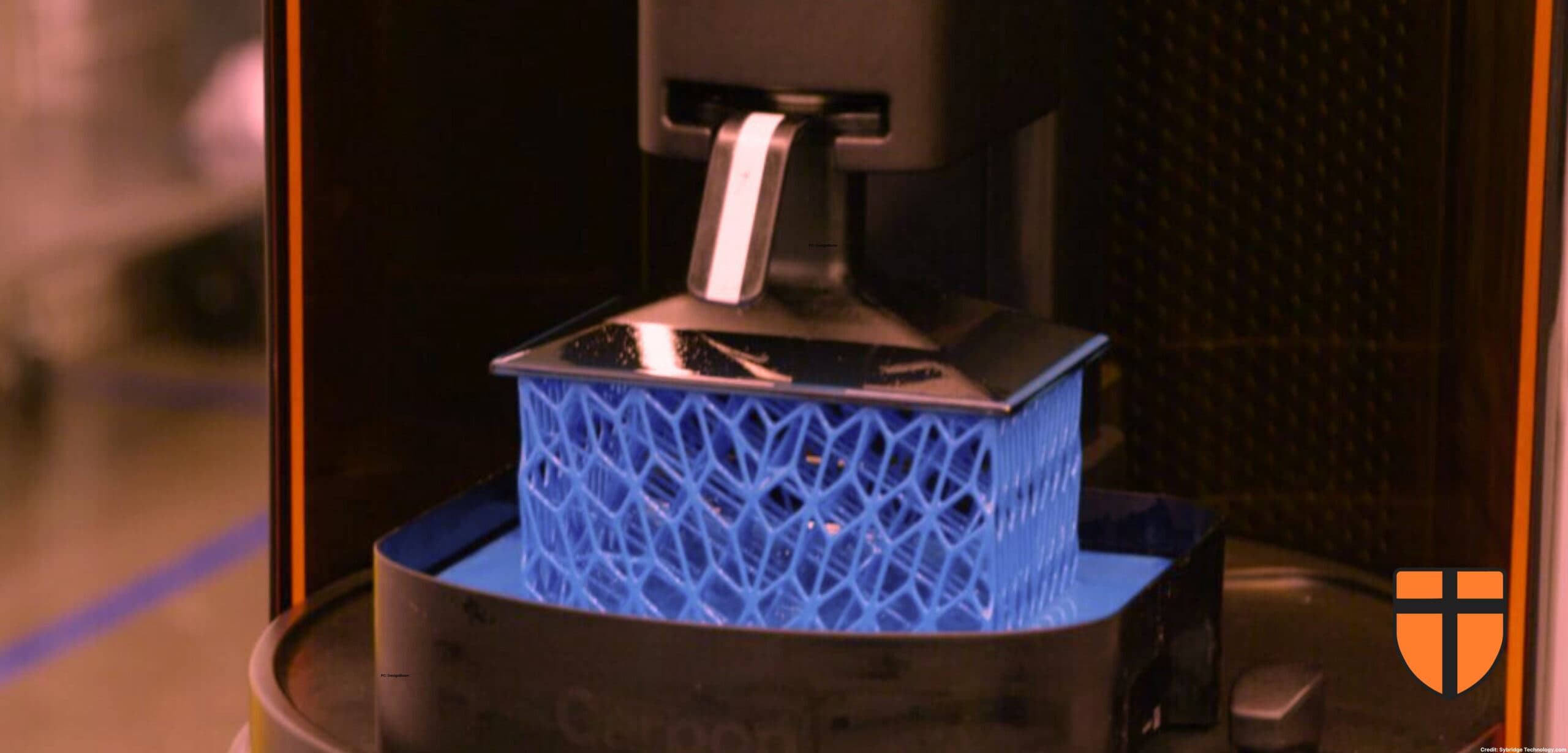
Even Our Cells Recycle: The Discovery of Hemifusomes

Biologists from the University of Virginia School of Medicine and the National Institutes of Health (NIH) recently discovered an unknown organelle lying within the human body. This tiny organelle, termed a hemifusome, may play a prominent role in the comprehension of rare genetic disorders.
On June 25th of this year, a team of researchers led by Dr. Seham Ebrahim from the University of Virginia and Dr. Bechara Kachar from the NIH was amazed to uncover this novel cell component. Utilizing Cryo-Electron Tomography (cryo-ET), the skillful scientists obtained remarkably detailed images of frozen cells. Though measuring just 200 to 400 nanometres in diameter, the trusty hemifusomes were seen to be effective in supporting cell function. By organizing intracellular material and discarding unnecessary matter from within the cell, hemifusomes prevent cells from becoming overloaded with toxic components. This mechanism of moving cellular discard mimics that of human recycling. Discovering the existence of hemifusomes allows scientists to uncover a vital step in the process of cellular functioning. Dr. Ebrahim shed light on the value of hemifusomes, “You can think of vesicles like little delivery trucks inside the cell…the hemifusome is like a loading dock where they connect and transfer cargo. It’s a step in the process we didn’t know existed.”
The discovery of hemifusomes not only marks a scientific breakthrough, but also may provide hope to those who suffer from serious medical conditions. Dr. Ebrahim remarked with hopeful spirits, “Now that we know hemifusomes exist, we can start asking how they behave in healthy cells and what happens when things go wrong. That could lead us to new strategies for treating complex genetic diseases.” Since hemifusomes are heavily involved in regulating the helpful and harmful materials inside a cell, research on hemifusomes may uncover interventions that can be applied to diseases that relate to cellular “cargo handling”.
Genetic disorders can be better understood when cellular structures are studied in those with a particular gene mutation. In this case, scientists can now observe the structural and functional health of hemifusomes inside patients that face genetic mutations. This medical research may lend itself to advances in treatment for neurodegenerative diseases, viral infections, and even cancers. Moments such as this one remind researchers that their work is valuable and provides hope to humanity. Here is to the future of science and to our trusty new friend, the hemifusome!
For more scientific details on this remarkable discovery, you can read the original article here.





